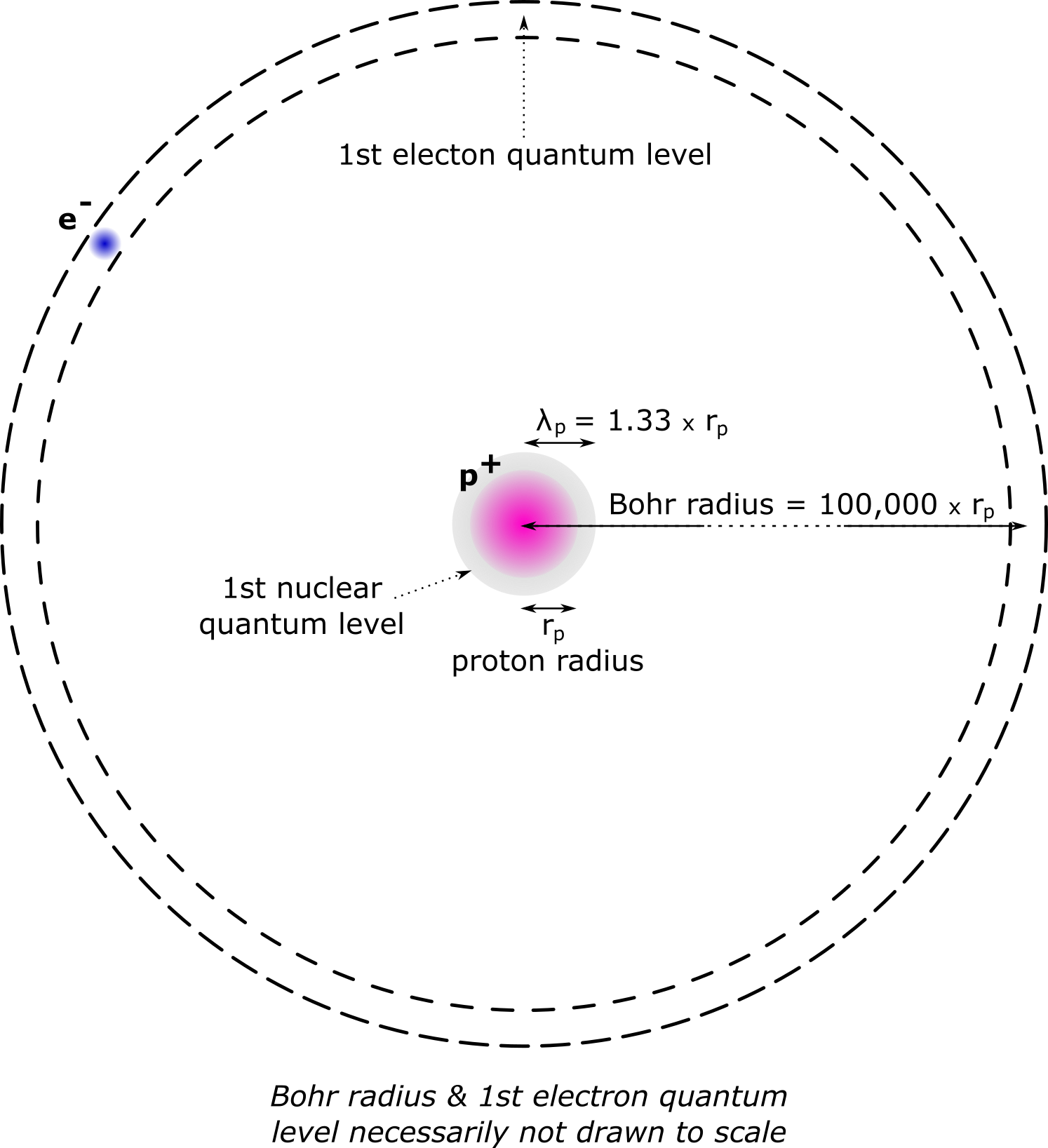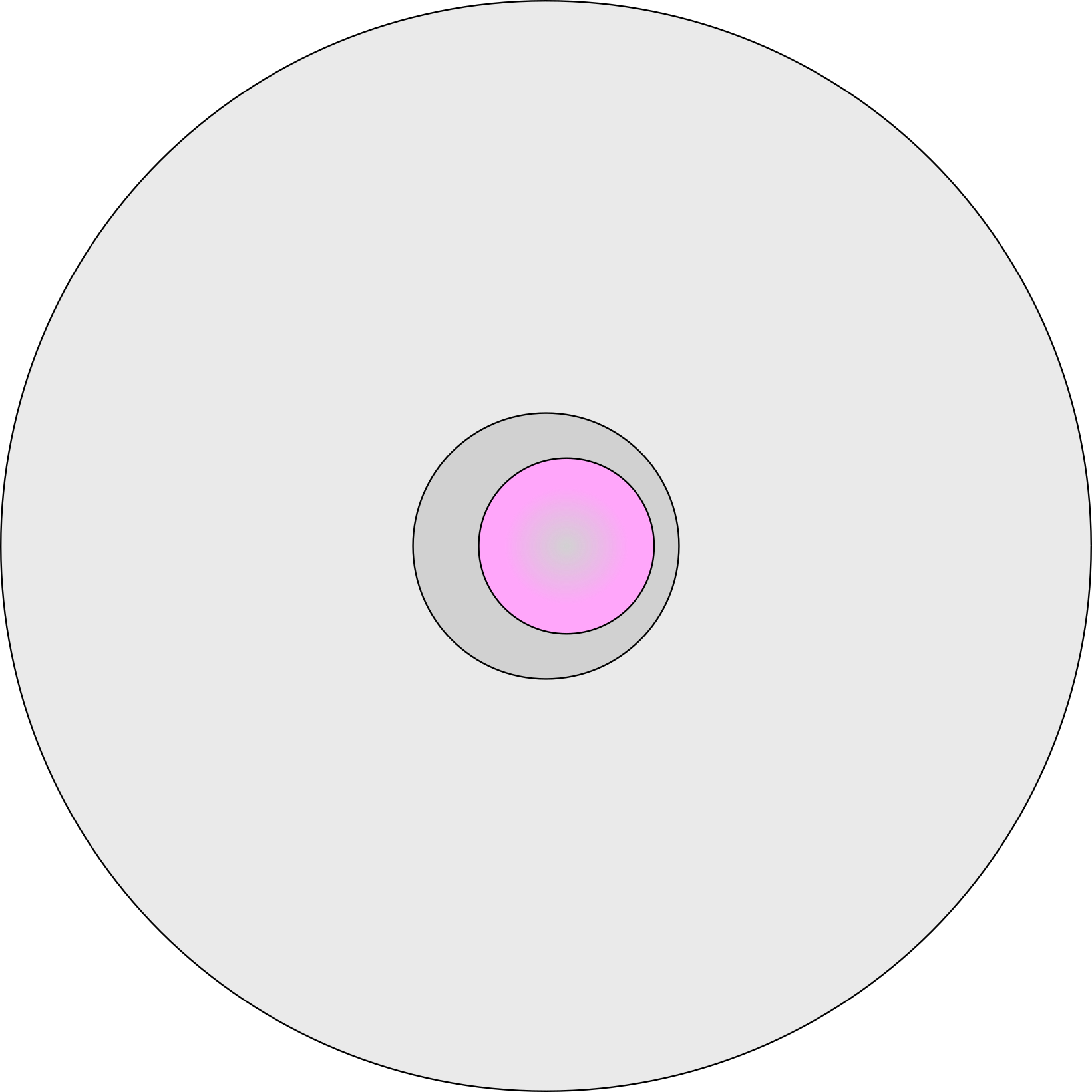Einstein claimed his happiest thought was that inertia and gravitation had identical effects. That is, a person in space in an elevator which was accelerating with the same acceleration as imparted by gravity on earth could not tell whether they were standing in a stationary elevator on earth or were out in space far from earth.
(In case anyone ever asks, our happiest thought was the realization that a particle displaces space when it is created, rather than replacing space. We had this thought in 1995 after 20 years of trying to get to the bottom of what causes gravitation.)
The reason Einstein was so happy about his thought was that the physics models of an object’s inertial mass and an object’s gravitational mass are not actually related at all. The formulas for computing gravitational mass and inertial mass have nothing to do with each other. Physicists have measured that inertial mass and gravitational mass are the same to within 15 digits of precision, so they seem to be the same. But in order for Einstein to develop General Relativity, he had to assume they were the same.
Why does anyone care about this? Well, consider what happens to your gravitational mass when you move into space. In space you are weightless. Your gravitational “mass” has apparently “disappeared”. But you still need that spacesuit thruster to get back into the space station. You still have inertial mass, but apparently no gravitational mass. So maybe they are not quite the same thing after all….
You already know from the last blog post why your gravitational mass disappears far from large objects. It doesn’t really disappear, does it? It’s just that it take two on the dance floor to tango. Your particles’ quantum levels are still intertwined with all those of the earth’s particles when you are in space. It is just that at great distances, the restoring forces are too small to notice or even to measure.
You can tell this is a matter of degree because even if you are weightless in space, you can still be trapped in an orbit around the earth. Get far enough away, though, and you’re no longer orbiting. Oops. Better check that thruster fuel….
Speaking of thrusters, if your gravitational mass has “evaporated”, and 100% of your mass is empty bubbles, why does it take the same force to push your body in space as it does if you are on the earth? (We ignore the effects of friction here: think pushing you on skates across an ice skating rink.) Inertial mass obviously does not “evaporate” when you are in space. In fact it doesn’t seem to change at all.
What’s up with that?
Well for one thing it shows pretty clearly that gravitational mass and inertial mass are definitely not the same!
But, they have very much the same origin, which is why they have such similar measurements.
We measure inertia by pushing an object. If we are pushing with our hand, the electrons in the atoms of our hand are repelling the electrons in the object being pushed, because both have negative charges, and like charges repel each other.
The electrons that are being pushed are in orbit around the nucleus of their atom. This is easiest to visualize by looking at a simple Hydrogen atom that has one electron orbiting around one proton in the nucleus.

The negatively charged electron is attracted to the positively charged proton because they have opposite charges, and opposite charges attract. But the electron does not fall into the proton because it is orbiting at high speed, much like the earth is orbiting the sun to which it is attracted by the gravitational force. But immediately analogy breaks down: if the earth were to be pushed towards the sun, it would fall into the sun! But pushing the electron does not make it fall into the proton. Its distance from the proton is maintained because it is in a sort of track as shown in the above diagram. According to the New Physics model, this track is created when the proton is created. So when the electron is pushed, the proton is also being pushed, so the distance between them remains constant.
When the proton is pushed like this, it is thrown off center with respect to its nuclear quantum levels, as shown in the next diagram. This causes the nuclear quantum levels to accelerate back to their home position with the proton at the center. This acceleration, counter to the acceleration of the push from the electron, is what we experience (and measure) as inertial mass.

So, both gravitational mass and inertial mass come from the tendency of the nuclear quantum levels to restore to their home position, which is why they seem to be so similar. But the physical mechanisms of gravitation and inertia are quite different. Gravitation requires at least two objects, but inertia does not.
You might think two objects are required to measure inertia, because we have a pushing object and a pushed object. But a proton on its own can be accelerated by a negative electrical field pulling on it. This is done routinely in particle accelerators. In this case it is being pulled, but there is no second object in contact with it.
The implication of Einstein’s model of General Relativity was that an object curves space and this causes gravity. The New Physics posits that the potential for gravity is created when a particle is created, and exists as soon as a second particle is created and enough time has elapsed for their nuclear quantum levels to merge. Despite its conclusion that space is not curved, The New Physics does not invalidate General Relativity. General Relativity uses a mathematical technique called Reimann Geometry to simulate space being curved and thus permits Newton’s Laws of Motion to work in a gravitational field. Before General Relativity Newtons Law First Law−an object in motion stays in motion at a constant speed in a straight line until acted upon by some force−only worked where no measurable gravity existed. But it is critical to understand where the model starts and ends: the fact that Reimann Geometry works with curved spaces does not mean space is curved. Again, you can make a model of reality but you cannot make a reality of a model.
Understanding the physical origins of both gravitation and inertia clears up one of the greatest mysteries of physics. But stay with us, because we are just getting started…. We’re going to find out what protons and neutrons probably look like inside, a question no one has even asked before, never mind answered!